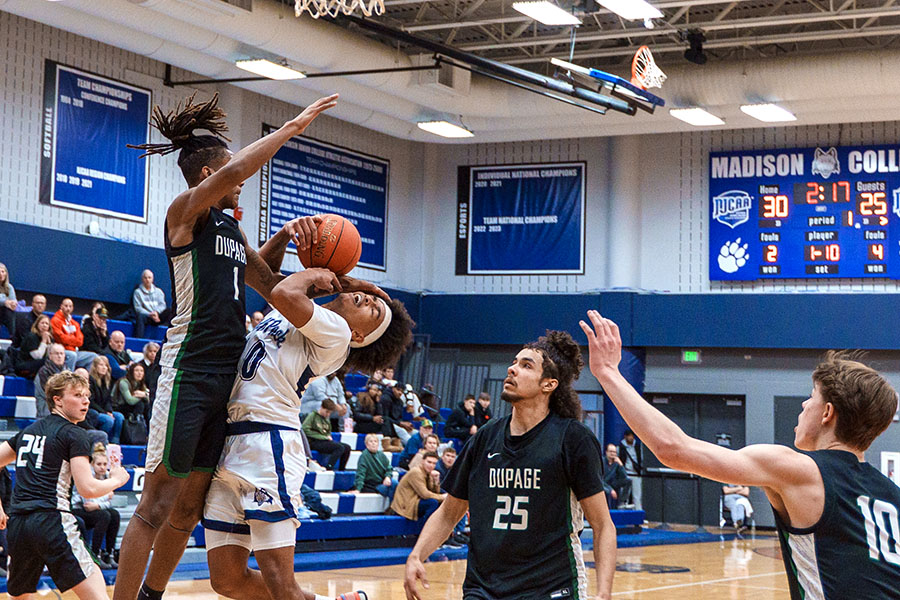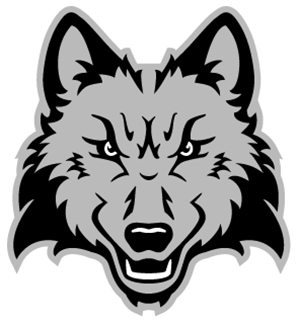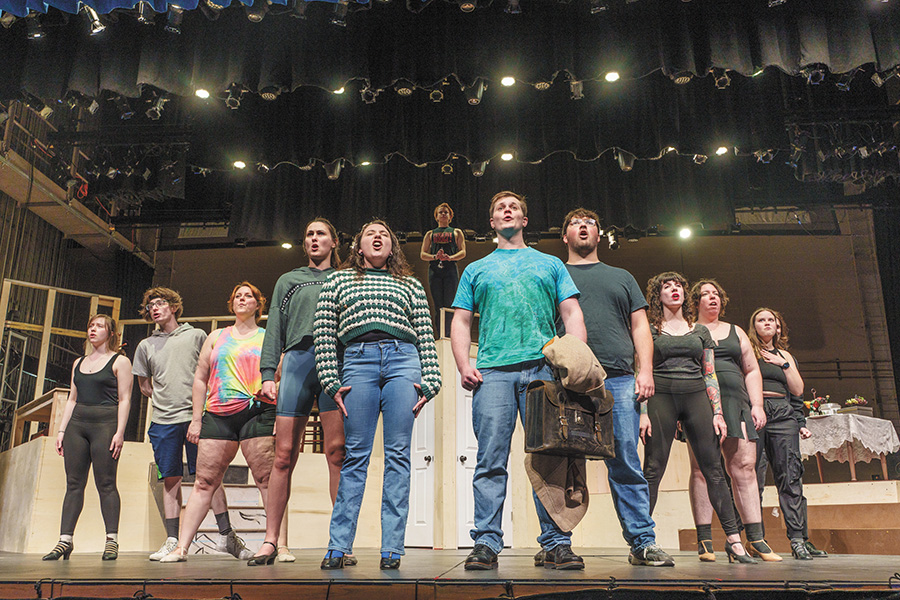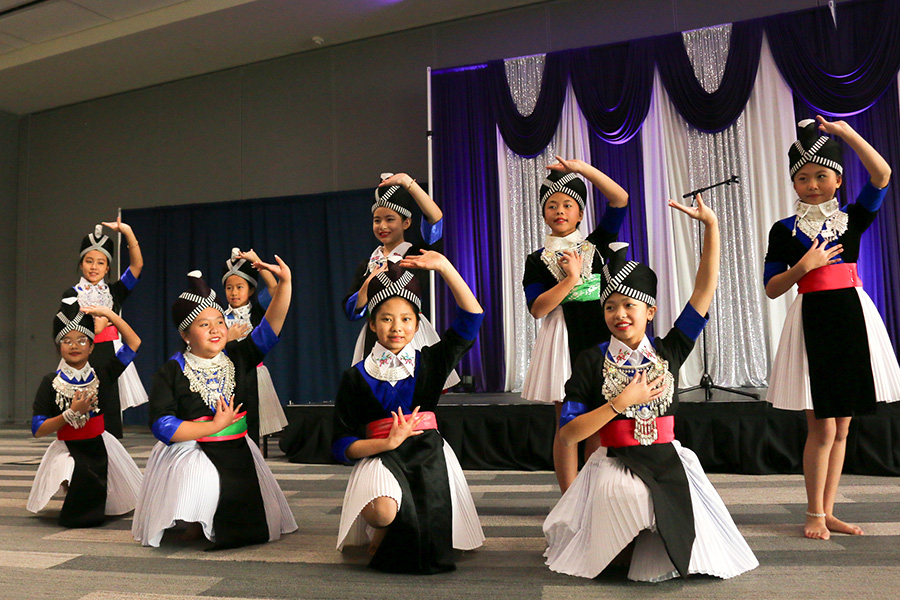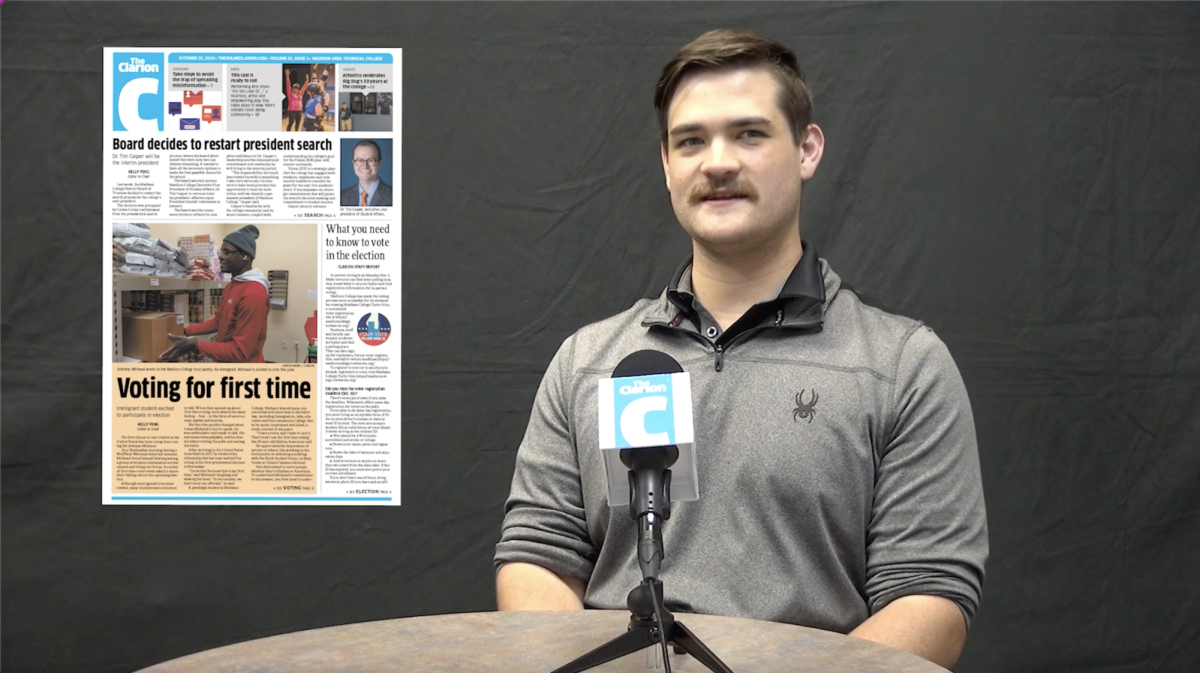Flying above the pack
January 25, 2012
Skyward sword is without a doubt the best title of the year.
Its story is long and captivating, the characters grow immensely and the wide array of things to do within the world of Skyloft can’t be overstated. The Wii Motion Plus captures Link’s swinging sword in a way that doesn’t diminish the peripheral, unlike Red Steel. The game does suffers a few flaws, however, with less than enthralling bosses and the implementation of the stamina gauge.
Skyward Sword starts off like any Legend of Zelda title, in that Link is just a boy. He’s a student in the Knight Academy of Skyloft, training to ride the skies on his bird, a Loftwing. During the first few hours you’ll be scurrying about learning the ins-and-outs of how to fly for your Knighthood exam, proving you have what it takes to be a Knight to fly the skies. Being that the world of Skyloft is split between those who live in the sky and those who live on “the surface,” it should come as no surprise an obvious duality that exists in the game right from the get-go.
Once this tutorial has been completed, you obtain the sword you’ll be using for the entire game: the Sword of the Goddess. We find out that, according to legend, a once all-powerful Goddess led a civilization of people on The Surface. But due to a growing evil known as Demise, she pulled her sacred temple, the Temple of the Goddess, out of the ground and into the sky in order to protect her people. You’re then sent off on a very lengthy quest to save the land from the evil of Demise. Within the Sword you carry itself lies a spirit to aid in your quest, as well. Fi is a great addi- tion and serves a great purpose in giving you hints, advice and reminding you of key objective points.
The story and quest of Skyward Sword is long, and not just 20 or 30 hours long, more like play time upwards of 40 to 50 hours, not count- ing side quests. The main storyline offers a great selection of diverse and puzzling dungeons to quench the thirst of die-hard action-adventure gamers.
With the use of the Wii Motion Plus as your sword, the game pulls you right in and keeps you involved for every second. The controls aren’t too awkward, and Nintendo packed in fail-safe maneuvers in enemies to ensure you aren’t flailing your arms all around to bypass the sword play. This is one of the best implementations of combat with numerous dungeon bosses that keeps you on your feet, thinking as if you were actually in a sword fight.
There are still a few setbacks with the title, such as the lack of interesting bosses. Of the nine bosses you’ll be facing, only three or four of the fights are worth remembering. The one upside to this is that as the game moves forward, the bosses increase in difficulty to an extent, as well as depth, allowing for not only one part boss battles, but two and three part towards the end. The ending boss fights truly helped in allowing me to fully enjoy the sword fighting, however.
Another small addition to the game, the stamina gauge, allows you to sprint for a limited time. The one thing that made me dislike this mechanic right away was the fact your major sword slashes use roughly 1/3 of this gauge. If you aren’t paying attention to it just after sprinting, then go to do one of the stronger slashes, you’ll fatigue yourself for five seconds. It became frustrating at times, but not so much as to detract too much from other high notes.
Skyward Sword is a fantastic title. This easily comes into the tier of Ocarina of Time and Wind Waker in terms of style and concept. The big hit Wii owners have been waiting for has finally arrived.















